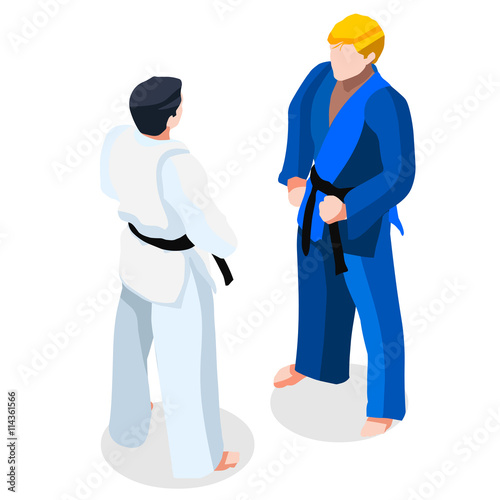What Are The Distinctions In Between The Emphasis On Self-Control In Standard Martial Arts And The Affordable Emphasis Of Modern Battle Sports? Check Out The Necessary Differences That Can Affect Your Course
What Are The Distinctions In Between The Emphasis On Self-Control In Standard Martial Arts And The Affordable Emphasis Of Modern Battle Sports? Check Out The Necessary Differences That Can Affect Your Course
Blog Article
Staff Author-Keith Snedker
When you think of martial arts, do you lean more toward the traditional methods or the modern-day fight sports? Each course provides one-of-a-kind advantages and experiences, formed by their viewpoints and training methods. Typical martial arts highlight individual development and technique, while modern-day combat sporting activities focus on competitors and efficiency. Recognizing these distinctions can guide you in selecting the right method for your trip. But just how do these distinctions manifest in training and viewpoint?
The Philosophy and Background Behind Conventional Martial arts
While many people associate martial arts with physical fight, the approach and history behind traditional martial arts run much deeper. You'll discover that these disciplines emphasize personal development, technique, and respect.
Stemming from ancient methods, standard martial arts were typically created for Self-Defense and spiritual advancement. karate dojos near me for adults symbolize principles such as equilibrium, consistency, and self-constraint, assisting experts past mere fighting skills.
As you train, you'll not just learn techniques but likewise gain understandings right into the culture and worths that shaped these arts. The routines and traditions, frequently given through generations, cultivate a sense of area and belonging.
The Competitive Nature of Modern Combat Sports
Modern combat sports have actually changed the landscape of martial arts into an extremely affordable sector, where professional athletes take on in a test of skill, strategy, and endurance.
click here to read 'll notice that competitors are frequently arranged with rigorous policies and guidelines, making certain fair game and safety and security. These occasions bring in big target markets, fueling the enjoyment and strength of matchups.
Professional athletes train rigorously, not just for physical prowess but likewise for mental strength, understanding that every detail counts in the ring. The adrenaline rush throughout competitions is apparent, as competitors press their limitations to declare triumph.
Fans value the athleticism and creativity included, making modern-day battle sporting activities a thrilling spectacle that continues to progress and captivate fanatics worldwide.
Training Methods and Techniques: A Comparative Analysis
The affordable ambience of modern-day combat sports demands ingenious training methods that vary dramatically from standard martial arts.
In what martial arts is best for kids , you'll focus on details strategies, competing, and conditioning, usually making use of drills that simulate genuine battle situations. You'll see a focus on quantifiable performance and constant competitors to evaluate your abilities.
In contrast, standard martial arts focus on forms, katas, and thoughtful mentors, typically emphasizing self-control and respect over competition.
Training is usually less intense and might entail repeated practice instead of real-time sparring.
While both techniques develop skill and physical fitness, contemporary battle sports supply an extra dynamic and adaptable training atmosphere, preparing you for prompt obstacles in the ring or cage.
Select the path that lines up with your goals and interests.
Conclusion
In choosing in between traditional martial arts and contemporary fight sporting activities, it really boils down to what you value many. If you're trying to find individual growth, self-control, and a feeling of neighborhood, traditional arts might be your ideal fit. Yet if you prosper on competition and real-time difficulties, modern combat sporting activities could be the way to go. Eventually, both paths supply distinct advantages, so it's all about straightening your training with your individual goals and passions.
